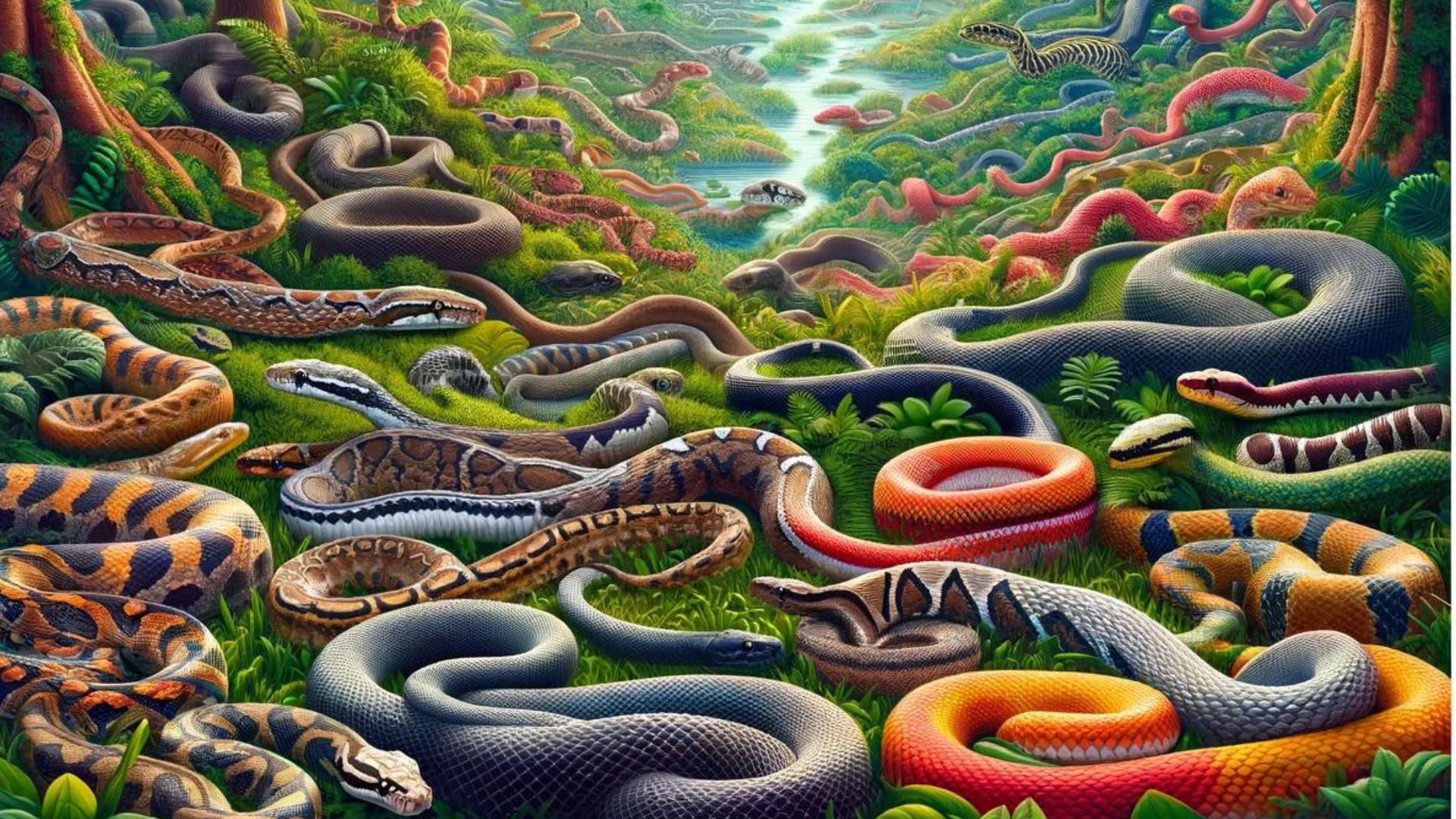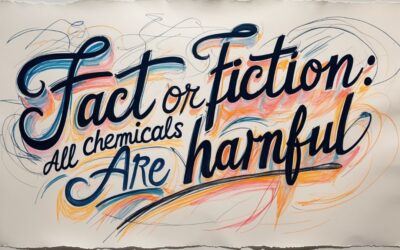Snakes: Fascinating, Feared, and Misunderstood
Snakes hold a peculiar place in our imagination. They slither through stories and legends, often cast as dangerous and deceptive creatures. This fear and fascination contribute to widespread misconceptions, including the belief that all snakes possess deadly venom. Are you ready to separate fact from fiction? Let’s dive in and sharpen your critical thinking skills!
The Venomous Truth
While many snakes carry venom that aids in hunting and defense, not all snakes are created equal. In reality, a surprising majority of the world’s snake species are considered non-venomous. They subdue their prey through constriction, like the iconic python, or simply swallow it whole.
So, why the confusion? The key lies in how we perceive threats. Some non-venomous snakes mimic the appearance and behavior of their venomous relatives as a survival tactic. Even a harmless snake’s bite can cause pain and swelling, which might be mistaken for a venomous reaction.
Real-Life Consequences
Misconceptions about snakes can have real-world consequences. Imagine encountering a snake in the wild. If you believe all snakes are venomous, you might react with fear and aggression, potentially harming a harmless creature simply trying to go about its day. Or, worse yet, you might underestimate the true danger of a venomous snake, delaying necessary medical treatment.
Beyond Snakes: The Power of Critical Thinking
Debunking the “all snakes are venomous” myth offers us a valuable lesson in critical thinking. Here’s the breakdown:
- Question Everything: Healthy skepticism helps us separate assumptions from facts. Don’t take information at face value, especially if it plays on your fears.
- Seek Reliable Sources: Look for scientific sources, wildlife experts, and reputable organizations when seeking information. Steer clear of sensationalism and unsubstantiated claims.
- Consider the Context: How does a piece of information fit into the bigger picture? When it comes to snake identification, factors like location and snake behavior matter when assessing if a snake is dangerous.
- Be Open to Changing Your Mind: New information arises! Be flexible and ready to adjust your beliefs.
Action Point: Put Your Skills to the Test
Critical thinking is like a muscle–it gets stronger with use. The next time you encounter a claim that sounds too good to be true or triggers a strong emotional reaction, pause. Do some digging! Look for credible sources, weigh the evidence, and see where the truth lies.
Remember, the world is full of fascinating, and sometimes confusing, information. By sharpening your critical thinking skills, you’ll be better equipped to navigate it all, separating the snakes from the garden hoses, so to speak!
Why Should You Care?
- Safety: Understanding venomous vs. non-venomous snakes helps you react appropriately in encounters, promoting both your safety and the well-being of the snake.
- Busting Misconceptions: These misconceptions can lead to unnecessary fear and harm to harmless snakes that play important roles in the ecosystem.
- Critical Thinking Skills: This topic is a great practice ground for critical thinking, a skill applicable to many areas of life where misinformation abounds.
Key Takeaways
- Not all snakes are venomous. While many have venom, a majority don’t pose a venomous threat to humans.
- Fear and mimicry can make accurate identification tricky.
- Misconceptions can have real-world consequences for both humans and snakes.
- Critical thinking helps separate facts from assumptions.
Keywords
- Venomous: Describes animals (like certain snakes) that produce venom, a toxin injected through bites or stings.
- Non-venomous: Refers to animals that do not produce venom.
- Constriction: A method snakes use to kill prey by tightly wrapping their bodies around it, suffocating the animal.
- Mimicry: When a harmless species evolves to resemble a dangerous one, gaining a survival advantage.
- Critical Thinking: The process of analyzing information objectively, questioning assumptions, and seeking evidence before forming judgments.
- Misconception: An inaccurate belief or understanding about something.
- Sensationalism: Exaggerated or attention-grabbing presentation of information, often used to evoke strong emotional responses.
- Credible Sources: Sources that are reliable, trustworthy, and backed by expertise or evidence.
- Context: The circumstances surrounding information, which help determine its meaning and significance.
- Ecosystem: A community of living organisms interacting with each other and their environment.
Frequently Asked Questions
- How can I tell if a snake is venomous?
Identifying venomous snakes requires careful study of characteristics like head shape, pupil shape, body patterns, and geographic location. Never attempt to handle a snake unless you’re absolutely certain of the species. - Are there harmless snakes that still bite?
Yes, even non-venomous snakes might bite defensively, and the bite might still hurt or break the skin. - What should I do if I encounter a snake?
The best course is to admire from a distance and leave it alone. If you’re unsure if it’s dangerous, contact your local wildlife authorities for assistance.
Myth Buster
- Myth: All snakes are venomous and out to get you. Reality The vast majority of snakes want nothing to do with humans and only use venom for hunting.
Let’s Talk
- Have you ever had a snake encounter? What was it like?
- Can you think of other common animal-related myths?
- How else can critical thinking skills be helpful in daily life?
Share your thoughts and experiences in the comments below!











0 Comments